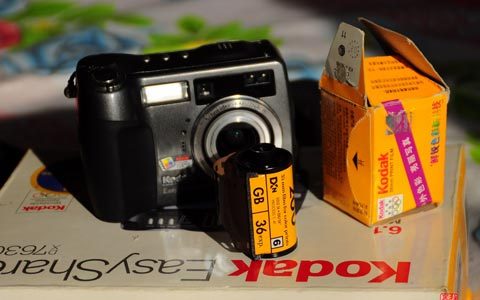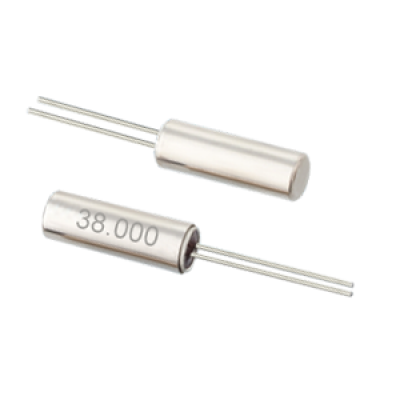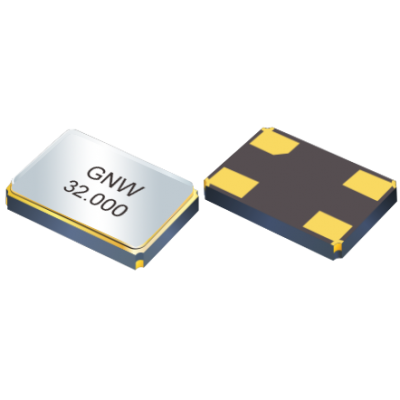The introduction of quartz/crystal into clocks and watches in the 1970s and the emergence of the radio clock in the 2000s enabled us to know more accurate time than before. Since then, flat-screen TV sets appeared on the market and in 2003 digital terrestrial broadcasting began in Japan enabling audiences to enjoy TV programs on a large thin screen. Digital cameras have freed photographers from concerns about films and enabled them to enjoy their photos in a variety of ways. Furthermore, in the automotive industry, the use of electronics advanced in power train, vehicle control and body control applications. These developments, in conjunction with information and communication technologies, including automotive navigation, are leading to a remarkable evolution into autonomous car technology. Quartz devices have contributed to these examples of evolving electronics, playing an important role in the aforementioned equipment. Since the development of high-reliability information and communication technology (ICT) infrastructures, ICT is spreading into the areas of medical care, nursing care and agriculture. Quartz devices, a key element in electronic products as described above, are increasingly gaining importance.
20世纪70年代石英被引入钟表,21世纪初收音机钟的出现,使我们能够比以前更准确地知道时间。从那时起,平板电视出现在市场上,并于2003年在日本开始了数字地面广播,使观众能够在大屏幕上观看电视节目。数码相机将相片从胶片模式的局限中解放了出来,使摄影师们能够以各种方式欣赏自己的照片。此外,在汽车工业中,电子技术在动力传动系、车辆控制和车身控制应用中也取得了进展。这些发展,再加上信息和通信技术,包括汽车导航技术,正在导致向自动驾驶汽车技术的显著演变。石英晶体元件促成了这些不断发展的电子学实例,在上述设备中发挥了重要作用。自高可靠性信息和通信技术基础设施的发展以来,信息通信技术正在向医疗保健、护理和农业领域扩展。石英晶体元件,作为电子产品中的关键元件之一,正变得越来越重要。








